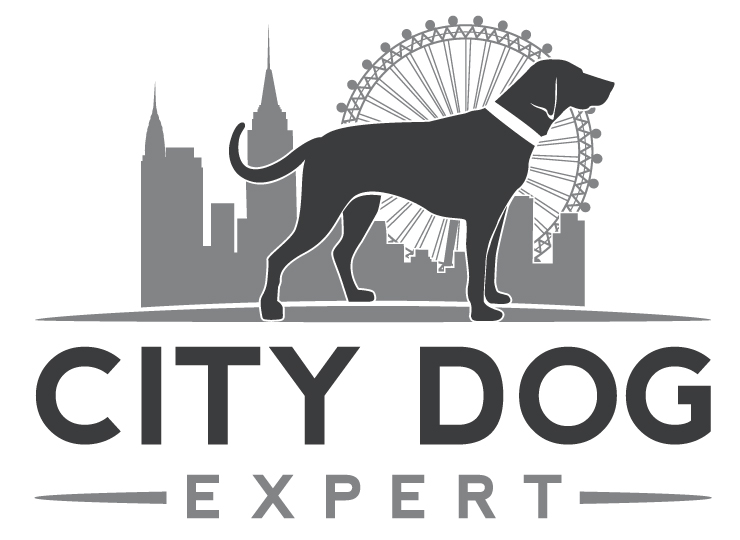
Winter is just around the corner, and with the changing season comes the sprouting of fungi, which appear to be popping up everywhere, from local parks and fields, to woodland areas and even gardens.
While wild mushrooms may seem harmless, many species of fungi are toxic to our canine companions and can not only be harmful, but potentially fatal if ingested and not treated immediately.
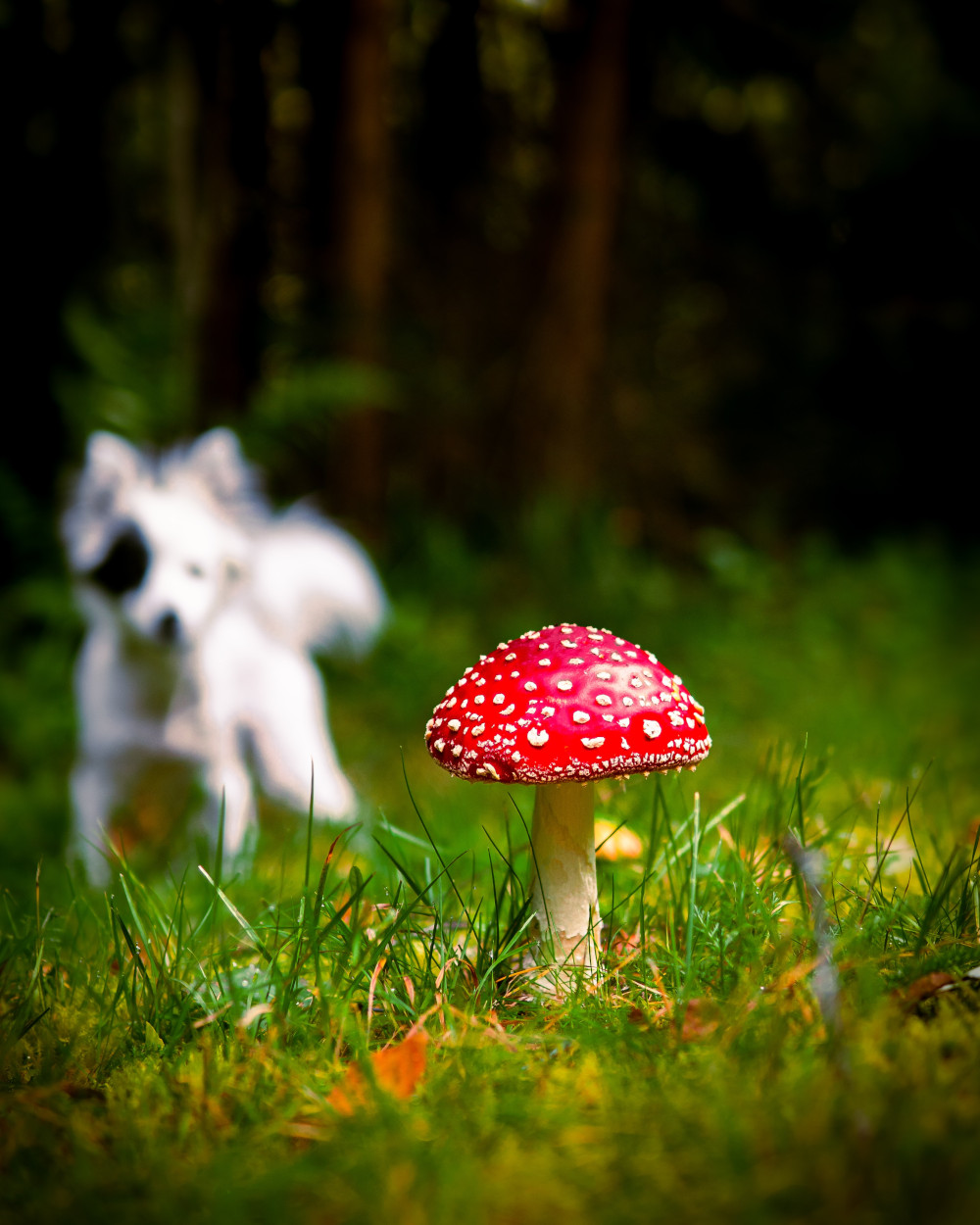
With this in mind, the team dog food subscription service tails.com, has provided some expert guidance on whether all types of mushrooms are toxic to dogs, what to do if they are ingested by your dog, and how to identify them throughout the colder UK months.
Can dogs eat mushrooms?
Despite it being safe for dogs to eat the regular varieties of mushrooms purchased from supermarkets or the local greengrocer, others, such as wild mushrooms, can be extremely dangerous and lead to sickness if consumed.
Unfortunately, there is no definitive list of the types of wild mushrooms that grow in the UK as there are thousands of different species. Despite only a small number risking harm to our pets, the number of different types that exist (such as the funeral bell or death cap varieties) can make it somewhat difficult to identify which ones could be poisonous.
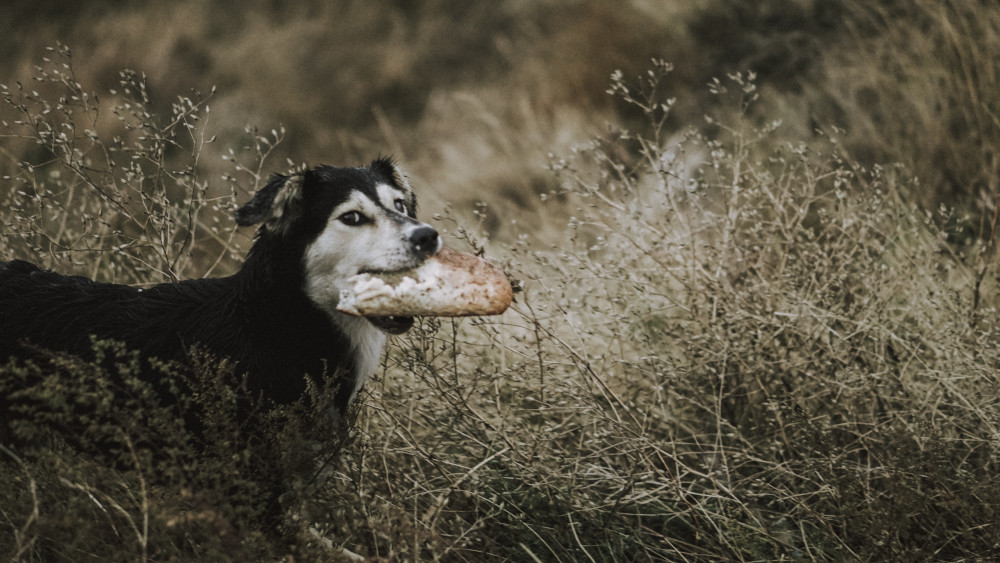
It is therefore important that when pet owners and their dogs are enjoying winter walks in areas where wild mushrooms are likely to grow, they remain vigilant for species that could be growing among grass or woodland shrubbery.
Us humans might know the difference between mushrooms that are safe to eat and those that aren’t, yet dogs will likely just see something in the ground that looks and maybe even smells delicious, causing them to accidentally consume the harmful plants by accident.
If you suspect that your dog may have consumed poisonous mushrooms, make sure to contact your vet immediately to ensure any treatment that may be required is administered as soon as possible.
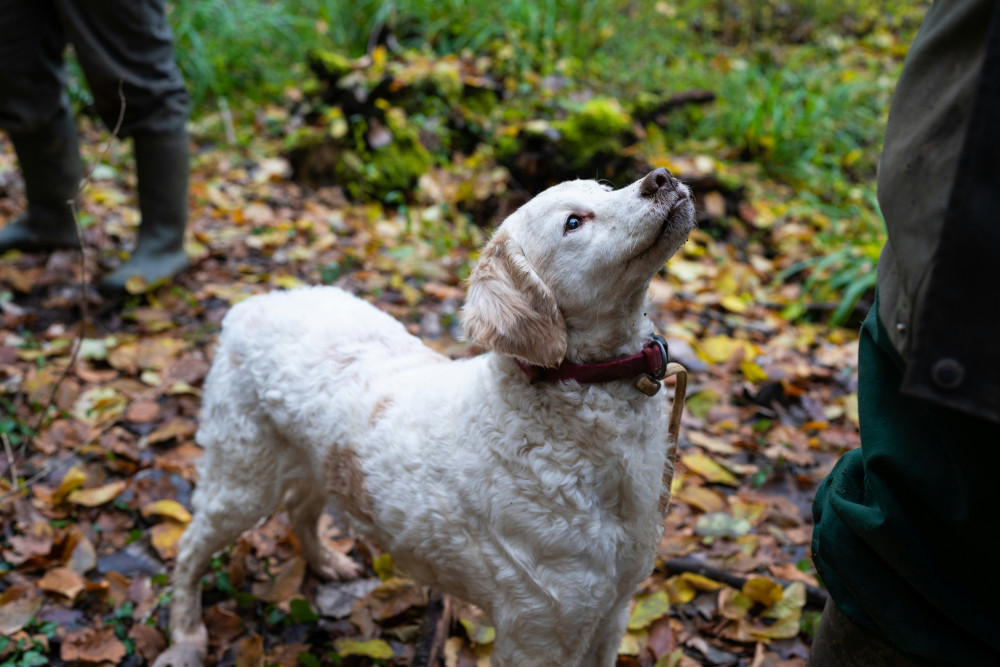
What are the signs and symptoms your dog has consumed poisonous mushrooms?
When our dogs encounter poisonous mushrooms, there are usually some quick-onset symptoms that occur (within six hours) to look out for:
– Vomiting
– Diarrhoea
– Abdominal pain
– Appetite loss
– Disorientation
– Uncoordinated movements
– Lethargy
– Tremors
– Seizures
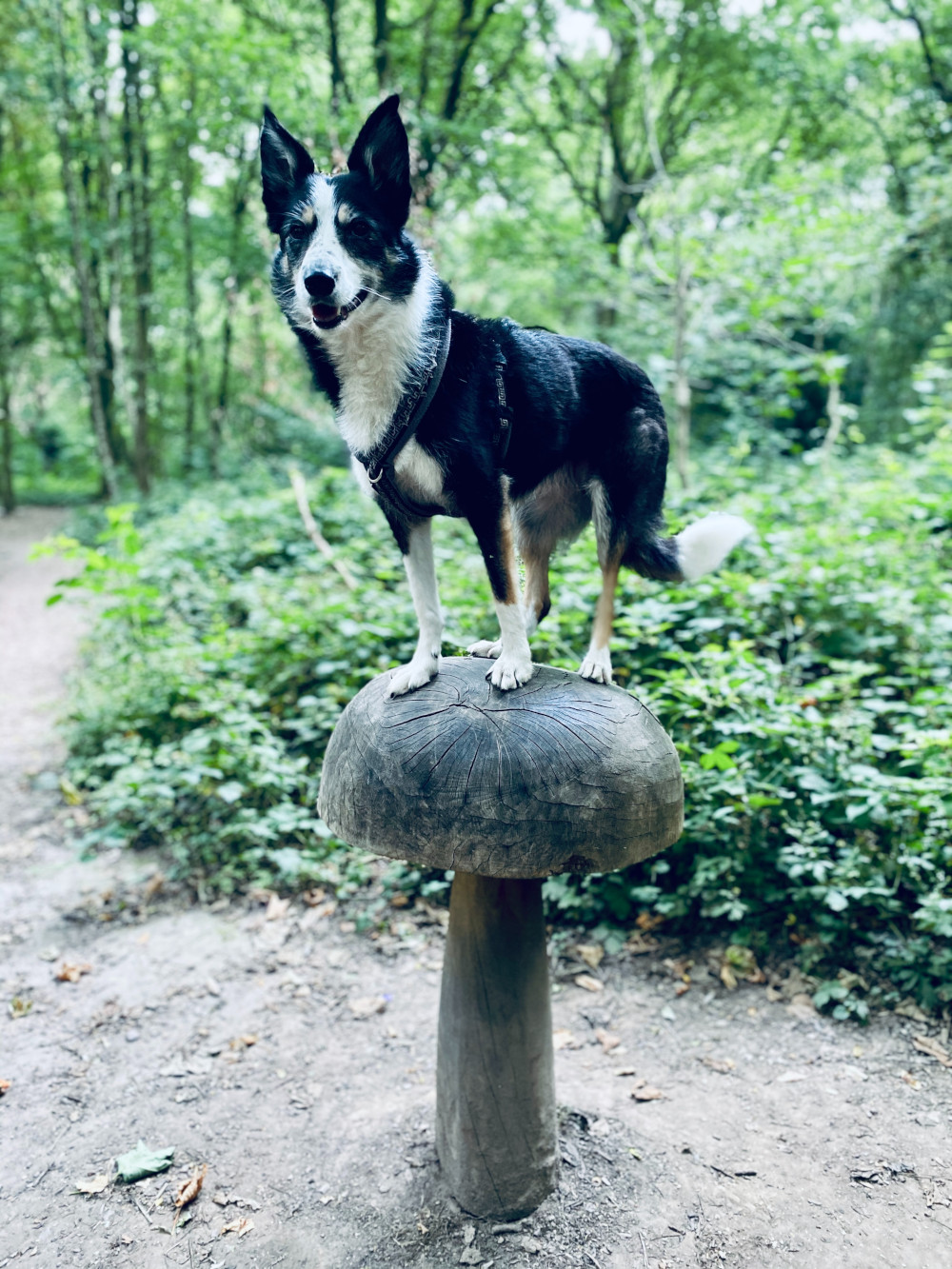
While these symptoms may be unpleasant at the time and can still cause your dog serious distress, with quick intervention from your vet, most canines will happily recover. However, if your dog doesn’t begin to experience any of the above symptoms until more than six hours after initial consumption, it could indicate something more serious.
What should you do if your dog encounters poisonous mushrooms?
Stay Calm

If you suspect your dog has eaten mushrooms, it’s important to stay calm. Becoming stressed and frantic will not only hinder your ability to manage the situation, but your dog will also be able to pick up on your emotions and may become stressed or anxious, too.
Identify the Mushroom

Whether you’re out on a walk or in your back garden, identifying the type of mushroom can help your vet choose the appropriate care needed for your dog. You should therefore use your phone to take pictures of the mushroom, which if possible should include some close-ups of the fungi in question as well as the habitat around it that it is growing in. You should also try and collect a sample of the mushroom (if it is safe to do so) to take with you.
Contact a Veterinarian
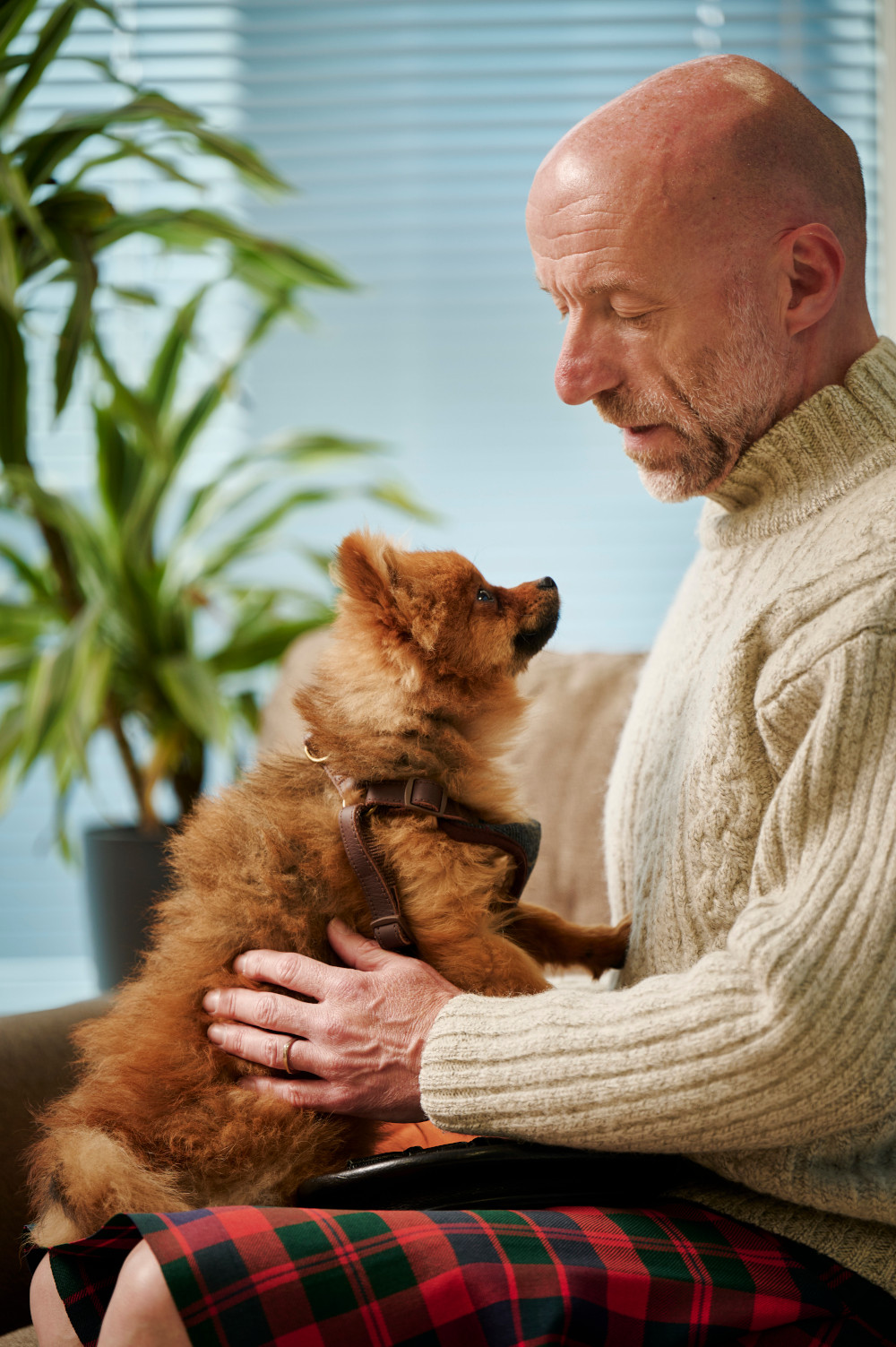
Call your veterinarian immediately or, if the event occurs outside of your vet practice’s hours, a 24-hour emergency vet. Time is especially important when it comes to treating mushroom poisoning, and the faster your response, the more likely your dog is to make a full recovery.
Monitor Symptoms
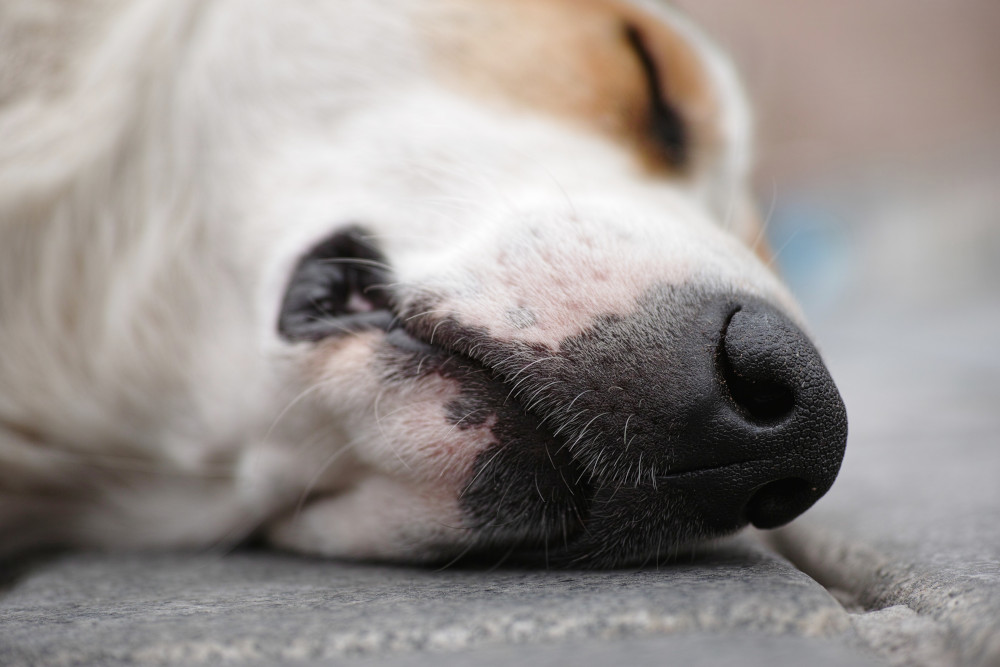
While waiting for a veterinarian, observe your dog closely for any symptoms or signs of mushroom poisoning. This can include lethargy, disorientation, excessive drooling, vomiting, diarrhoea, tremors or seizures.
Aftercare
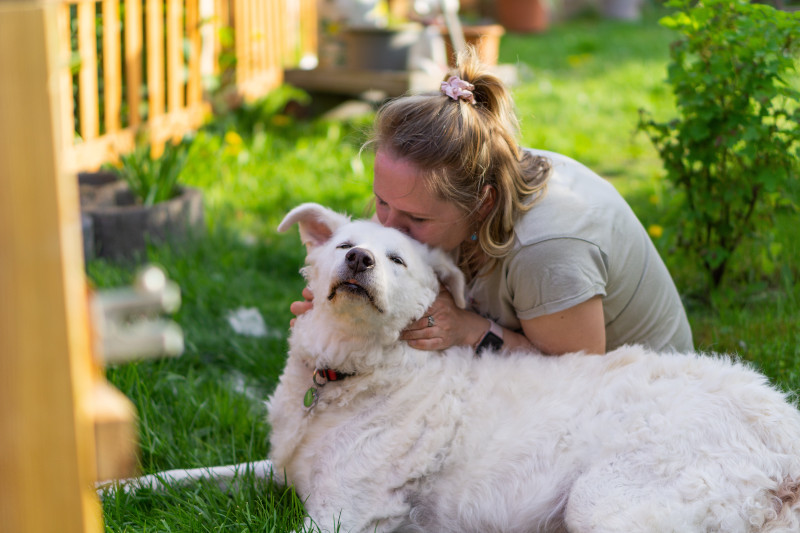
Once your canine companion has received treatment, keep a close eye on them throughout the recovery period. Follow your veterinarian’s instructions regarding aftercare and take preventative measures to ensure your dog won’t eat mushrooms again. This can include removing them if they are in an easy-to-access area like your garden, or using a muzzle for any particularly curious dogs whilst out on certain outdoor walks.